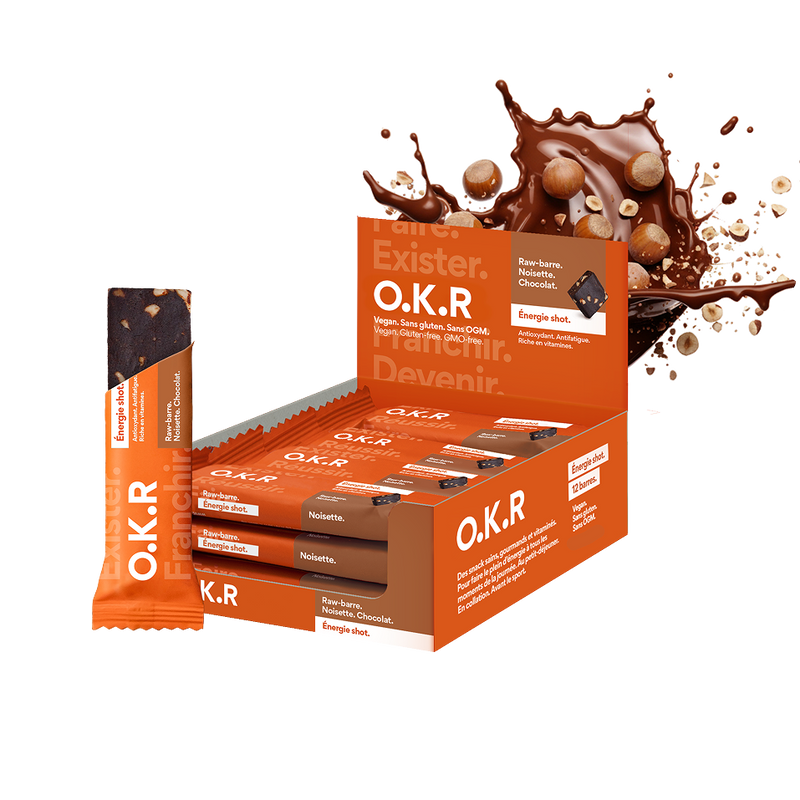In the collective unconscious, and ever since our first sports classes at school, stretching seems essential to our fitness routine. However, most athletes are unaware of the necessity of these exercises and the benefits they can provide for our bodies.
OKR enlightens you.
"Stretch, if you don't want to get injured!" Every athlete has heard this advice at least once. At that moment, we comply. We stretch, we imitate our teacher, coach, or friend in their stretching, as it seems so important and obvious to them to avoid injuries. This suits us very well at the time. But, when we find ourselves alone in training, our movements become approximate or careless. We perform them without understanding their necessity for our good form, at the risk of putting tension on the muscle fibers and feeling pain or even causing an injury.
Stretching: Good or Bad for the Body?
It only takes a simple internet search to realize that opinions differ on the benefits of stretching for your health.
Some sports professionals recommend them and present them as essential as a complement to a sporting activity. For them, stretching helps prepare the muscle for exercise or promotes recovery when performed after training. For others, stretching can cause pain at best, or even promote connections in muscle fibers and therefore increase the risk of injury.
One thing is certain: you need to have at least some basic knowledge of the subject in order to adapt the use of these exercises depending on the moment and the goal you want to achieve. Stretching your muscle is not an action with a single, repeated effect. Moreover, there are different stretching exercises: Passive, Active, or Postural. Each has its own characteristics and benefits, if performed correctly.
Passive, active or postural stretching: what are the differences for what objectives?
Passive stretching.
What is it? Passive stretching is the most common stretching exercise we perform. It is performed in various positions, slowly stretching the muscle either through self-manipulation or with the help of a support.
Why? The goal here is to relax the muscles and relieve tension experienced during exercise. This exercise facilitates the intake of nutrients and the elimination of toxins, which promotes recovery and reduces muscle soreness.
When? It's recommended to perform these exercises after a workout or a match, for example. 15 seconds is enough per muscle. It's important not to try to stretch to the maximum extent. This could weaken the fibers and cause injuries.
Active stretching.
What is it? Active stretching is performed dynamically. It involves regular, repeated pendulum movements to gradually achieve maximum range of motion (e.g., swinging your leg back and forth, or from side to side).
Why? We try to actively engage our muscles to better prepare them for exercise.
When? These stretches should be used as a warm-up, which helps reduce the risk of muscle injury.
Postural stretching.
What is it? Postural stretching is similar to passive stretching exercises. It is recommended to try to stretch the muscle gradually and smoothly to a maximum amplitude, holding the body position for a few seconds before repeating the action.
Why? They help increase muscle flexibility. This will help the muscle adapt more easily to prolonged or forced exertion. They can have positive effects on the physique and posture. They can be recommended for back pain or to straighten shoulders, for example.
When? It's recommended to perform these movements at a different time than training and/or competitions. It's best to do a light warm-up a few minutes before the session. The muscle should be worked while still warm. Tip: Practice this type of session once or twice a week, for a duration of 1 minute.
Stretching is therefore important for your muscle health if you do it correctly. You will no longer have any excuses. :)













